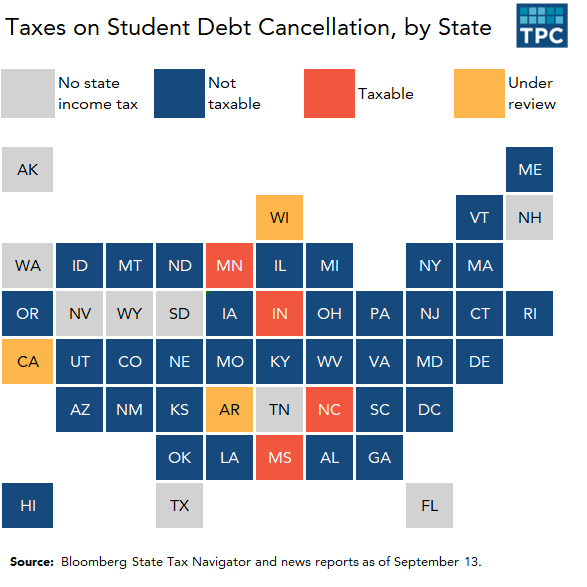What About the Corgis? Lessons from Queen Elizabeth on Providing for Pets After Death
In the wake of Queen Elizabeth’s passing, many are wondering about her pets. The late monarch was known for her penchant for Pembroke Welsh Corgis. At her death, she left behind four dogs.
There was speculation that family members or staff may take in the dogs. But it was unclear. Her son Prince Andrew and former daughter-in-law Sarah Ferguson stepped up to care for the Queen’s corgis. But was this arranged before her death? Did the queen have a plan for the care of her dogs?
Pet Owners Need to Plan for Pet Care
Responsible pet owners plan for the care of their pets when they are unable. You could have an extended hospital stay, face an incapacity, or die unexpectedly. You should have a plan in place so the pets don’t wind up in animal shelters or euthanized.
Estimates range that between 5 to 7 million pets enter animal shelters every year because their owners died. And of those, sadly, 3-4 million are euthanized.
Four Ways to Provide for Pets After Your Death
There are several options to make sure your companion animal is well cared for upon your incapacity or death.
Making an Informal Arrangement
Having a handshake agreement with a friend, family member, or neighbor seems like an easy solution. However, there is no backup if their circumstances change. What if they are no longer able to care for your pet?
If you die without a will, a probate court decides what happens to your pet. What if no one comes forward? Sadly, this situation often leads to your furry friend being surrendered to an animal shelter.
Providing for Pets in Your Will
Even though you feel your beloved pet is “family,” state law considers your pet as your property. You cannot leave money directly to a pet in your will. Any bequest to a pet will go into your residuary estate and is given to other beneficiaries.
However, in your will, you can designate someone to serve as your pet’s caretaker and leave an amount of money for the care of your pet. In addition to naming a pet caretaker, you should also name a backup if your first choice is unable to do it. And the personal representative of your will can make arrangements if none of your choices work out. Your will formalizes an informal agreement and provides backup if the first caregiver can’t take care of your furry companion.
A typical will provision might be:
“I leave all pets I own at the time of my death to (name of friend, family member, or neighbor) along with the sum of (a specific dollar amount) for the care and maintenance of my pets. If (name of friend, family member, or neighbor) is unable or unwilling to care for my pets, I give them to (name of backup caretaker) along with the money. If none of my nominees are able and willing to take care of my pets, my personal representative shall find a home for them.”
If you like to do things yourself, it is easy to make a simple will with a pet provision using an online estate planning service company.
Creating a Pet Trust
A pet trust is a more structured arrangement for the care and maintenance of your pet. As a grantor, you name a trustee to manage the trust property (money) to give to the pet’s caregiver throughout the life of the pet. You can leave detailed instructions for your pet’s standard of living and care and how to dispose of your pet when they die. Any money left over in the pet trust should be designated to a residuary beneficiary.
Wealthy hotelier Leona Helmsley famously left $12 million to her dog “Trouble” (and disinherited her family). A judge later reduced Trouble’s trust to $2 million due to questions of Helmsley’s mental competency at the time she signed her will.
Because there may be disputes about such trusts, you may want to consult a local estate planning attorney for legal advice on how to set up a proper pet trust.
Contacting a Humane Society
Some pet owners do not have any people who can take care of the animals. In that situation, there are nonprofit, no-kill shelters to rehome your pet. There are also animal sanctuaries that handle the care of a pet after the owner’s death.
Tips for Pet Owners When They Die
In addition to providing for your pet’s future in your will or in a living trust, you will want to give your pet’s caregiver detailed instructions for their care. The caregiver will want to know how to care for your pet and if they have special diets or needs:
- Dietary needs and wants
- Typical daily routine
- Necessary medications
- Veterinary care information
- Contact information for groomers, pet care centers, etc.
Thinking about this now and arranging for the orderly transfer of your pet into someone’s care will give you peace of mind ensuring the well-being of your pet throughout their life.
You Don’t Have To Solve This on Your Own – Get a Lawyer’s Help
Meeting with a lawyer can help you understand your options and how to best protect your rights. Visit our attorney directory to find a lawyer near you who can help.






